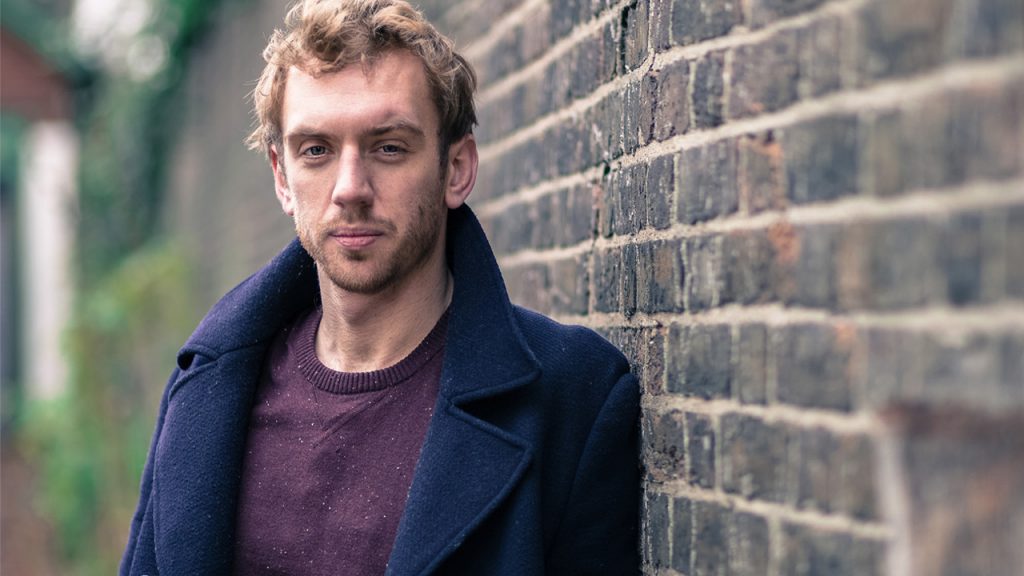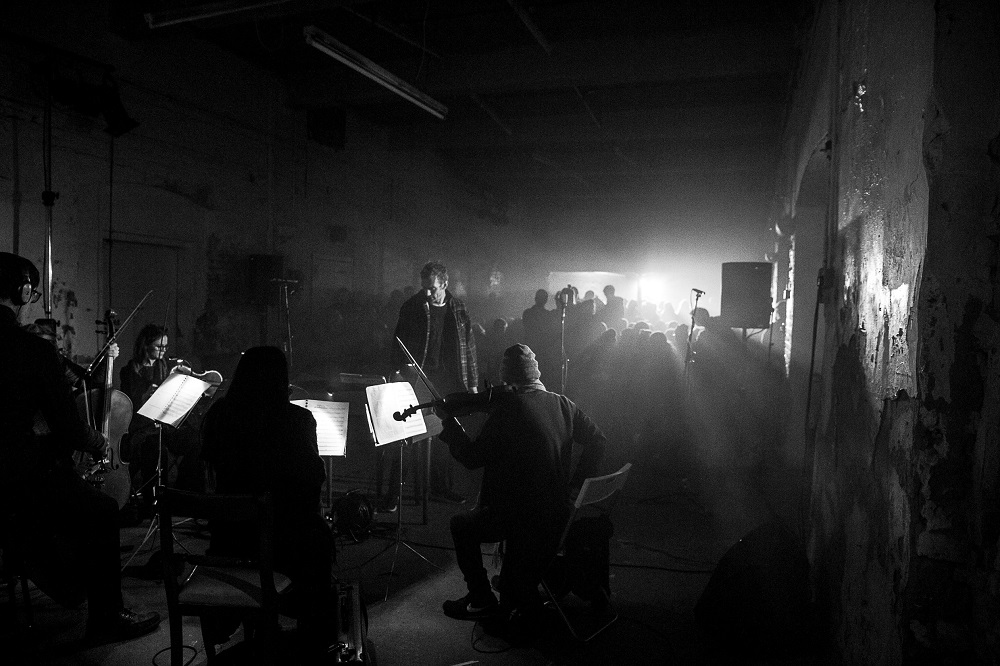Choral music is one of the UK’s oldest and most-loved art forms. It has been at the centre of my life ever since I started singing in primary school and has grown to become a crucial part of my identity as both a musician and artist. I am a signed-up evangelist of choral music; I do not need convincing of its power. I strongly believe, however, that we have reached an important moment in our history in which we need to look seriously at who we are, what our future looks like and crucially dare to be bold about what we can become.
Having had the privilege of leading choirs at the highest level for over 10 years, I find that choral music is at an exciting but challenging crossroads. This has been further emphasised by the fact that most choral voices have been silenced due to the ongoing worldwide pandemic.
Over the last 40 years it could easily be argued that choral music has become the jewel in the UK’s classical music crown. It is one of our greatest musical exports. Our choral music is revered across the word. Standards of singing have been increasing across the board from amateur choirs to our much-loved professional groups such as The Sixteen and the Tallis Scholars. New choral commissions are frequently created and performed. Some would argue that we are, or were before the advent of COVID-19, in a golden age of choral music.
When you step back from this and begin to assess the bigger picture there are aspects of this cherished part of UK culture that pose some important and perhaps scary questions which I believe we must bravely face and collectively answer: who are we doing this for and what are we doing to ensure we have a future?  Choral music has, in comparison to other art forms such as dance, theatre and visual art, had relatively little evolution in its c.600 year history. Many would of course claim that this is part of its natural charm. We as an industry are still by and large performing this music in ways that our predecessors would recognise and feel at home with. This is all well and good, but I do question whether we are truly reaching the outside world with the glorious music that we all love. Choral musicians can at times be seduced into looking firmly inwards and it can therefore pass us by that we are in a crowded artistic market place that is, almost across the board, offering the same product to the same relatively small, relatively old, audience base.
Choral music has, in comparison to other art forms such as dance, theatre and visual art, had relatively little evolution in its c.600 year history. Many would of course claim that this is part of its natural charm. We as an industry are still by and large performing this music in ways that our predecessors would recognise and feel at home with. This is all well and good, but I do question whether we are truly reaching the outside world with the glorious music that we all love. Choral musicians can at times be seduced into looking firmly inwards and it can therefore pass us by that we are in a crowded artistic market place that is, almost across the board, offering the same product to the same relatively small, relatively old, audience base.
The cultural landscape in the 21st century is one of vibrancy and eccentricity. When art is at its best and most powerful it can change lives. It helps shape us as humans and can be the foundations of radical and important change. Choral music has this power within itself too: power to change lives and power to influence, but only if we modernise our approach and dare to think of new ways of presenting it.
A critical stumbling block for choral music is its religious core. UK society in the 21st century is generally secular by nature; when we look to other art forms that have had most influence, it is often secular works that resonate in wider society. It is a hard and challenging fact that at least 90 per cent of all the music choral musicians sing is religious and the vast majority of choral performances occur in a religious setting.  Now, to write off sacred music because we live in a secular society would of course be absurd. Whether or not you are religious it is not hard to appreciate the beauty of this music and tap into the metaphorical value of its texts. How and where we perform this music, however, is something that we have power to change and something that with fired-up imagination we have an opportunity to explore differently. Thinking outside the box - or outside the church - is a crucially important step forward, without which we become one-dimensional and stuck. All other art and life will pass us by at 100 miles an hour.
Now, to write off sacred music because we live in a secular society would of course be absurd. Whether or not you are religious it is not hard to appreciate the beauty of this music and tap into the metaphorical value of its texts. How and where we perform this music, however, is something that we have power to change and something that with fired-up imagination we have an opportunity to explore differently. Thinking outside the box - or outside the church - is a crucially important step forward, without which we become one-dimensional and stuck. All other art and life will pass us by at 100 miles an hour.
Returning to the point of a crowded market place, a quick scan of the choral scene will indicate a lot of ensembles vying for the same space, performing the same music in similar ways and venues, and all vying for the attention of a relatively small audience pool. This small marketplace adds to an unspoken and almost ignored fragility: if we don’t make some changes and engage new audiences and cultures then choral music will struggle to maintain its powerful voice into the future. I argue that it is through collaboration that we can truly reach beyond our established sightlines and find new horizons. In collaboration, whether it be with different art forms, diverse communities or varied ethnic groups, we present ourselves with opportunities to learn and the precious ability to be inspired. Ultimately it is through this that we as artists grow.
The current pandemic has created a scary air of uncertainty for choral music. We have all seen it take a bashing and the uncertainty as to when it can resume in a way we have previously loved is hugely disconcerting. What this moment has provided, though, is space. We have, as an industry, begun talking to each other more than ever and some of the conversations I have had with colleagues have been truly inspiring. These conversations have provided hope that we - as adherents of choral music as both an art form and industry - have the power to put ourselves on a path to an exciting, eclectic future. Challenging the status quo, changing traditions and treading into the unknown is a scary thing for anyone. It is in doing this, however - challenging ourselves to think differently about what we do, how we do it and not fear being different - that this glorious art form will continue to delight for generations to come.














Add comment